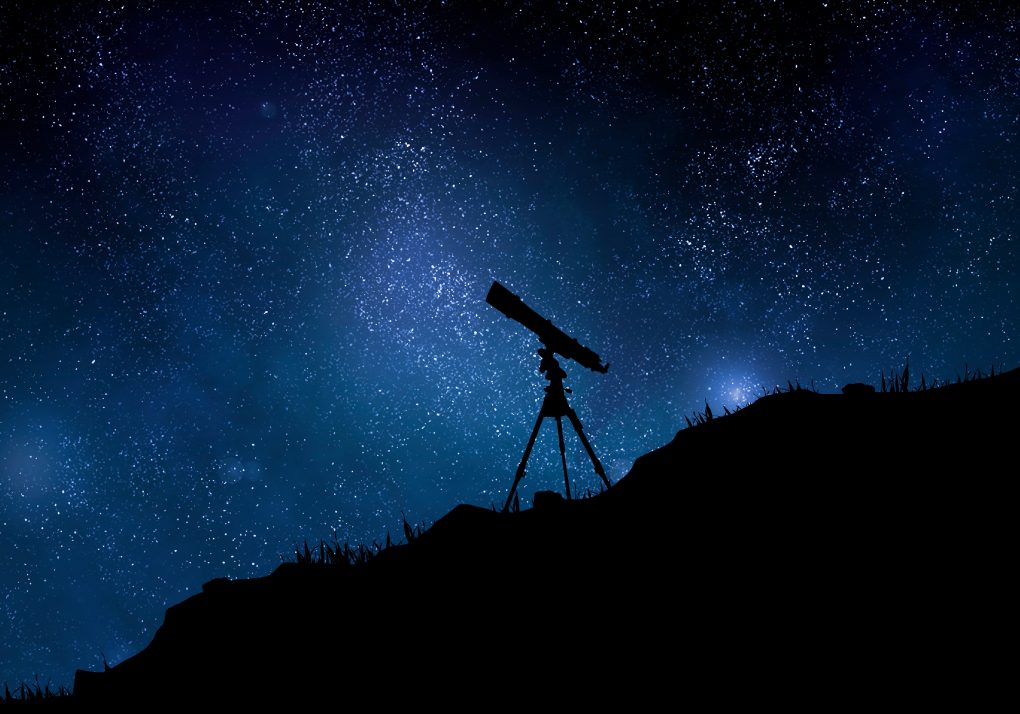Are you struggling with clear telescope images? Collimation might be the key! Learn about collimation, its importance, frequency, necessary tools, and step-by-step instructions. Discover common mistakes and benefits for optimal viewing.
What Is Collimation?
Collimation is aligning a telescope’s optical components for clear and sharp images. It’s crucial for performance, especially in Newtonian and reflector telescopes, where misalignment can lead to distorted or blurry images and reduced light-gathering capabilities. Proper collimation ensures optimal viewing and high-quality observations.
Why Is Collimation Important?
Collimation is crucial for maintaining a reflector telescope’s alignment and focus, ensuring optimal image quality.
Adequately adjusted mirrors prevent distorted or blurry images, allowing astronomers and astrophotographers to capture detailed views of celestial objects.
Accurate collimation is essential for sharp, detailed observations and data collection.
How Often Should You Collimate Your Telescope?
The frequency of collimation depends on factors like usage, transportation, and environmental conditions. Regular checks ensure optimal performance.
Dobsonian-mounted reflectors should be checked every few months or after rough handling, while SCTs may need collimation once or twice a year.
Essential tools like a Cheshire eyepiece or laser collimator help make precise adjustments for clear views of celestial objects.
What Tools Do You Need for Collimation?
Cheshire Collimator: The Cheshire collimator is a simple optical device used to accurately align a telescope’s mirrors, ensuring that the optical axes are colinear.
It projects a light source onto a peephole, allowing the user to observe the reflection pattern created by the mirrors. Adjusting the mirrors’ tilt and position achieves precise alignment for optimal telescope performance.
Its simplicity and ease of use make it a quick and efficient method for aligning primary and secondary mirrors without complex calculations or additional tools.
Laser Collimator: A laser collimator is an advanced tool that projects a laser beam to help align the mirrors of Newtonian and other reflector telescopes quickly and accurately.
Emitting a precise laser beam offers superior accuracy and efficiency compared to traditional tools.
This tool simplifies the collimation process for primary and secondary mirrors and eliminates much of the guesswork associated with manual collimation methods.
Barlow Lens: A Barlow lens is an accessory that can be used with other collimation tools to magnify the view, making precise alignment easier.
It increases the telescope’s focal length, increasing image magnification and allowing for finer adjustments during collimation.
To use a Barlow lens effectively, ensure it is compatible with your telescope and insert it correctly into the optical path.
Start by focusing on the primary mirror, then adjust the secondary mirror for precision. Regularly check and recalibrate the collimation to maintain accuracy.
How to Collimate Your Telescope?
Aligning the Secondary Mirror: Aligning the secondary mirror is the first step in collimating a reflector telescope. It ensures that it is centered and angled correctly towards the primary mirror.
Start by placing a Cheshire collimation eyepiece into the focuser and pointing the telescope at a bright star or artificial collimation target. Adjust the tilt of the secondary mirror until the reflection of the primary mirror’s center is perfectly centered.
A collimation cap or laser collimator is used to refine the alignment for optimal light reflection.
Aligning the Primary Mirror: Aligning the primary mirror involves fine-tuning its position using adjustment screws to ensure the reflected light is focused correctly through the eyepiece.
Locate the three adjustment screws around the primary mirror’s perimeter and gently turn them to make subtle adjustments. Verify the alignment using collimation tools like a cap or laser collimator to ensure the light from the primary mirror is accurately reflected in the secondary mirror and then in the eyepiece.
This meticulous process ensures clearer and sharper views.
Checking the Collimation: After aligning both mirrors, a star test effectively checks your telescope’s collimation, ensuring the optical components are correctly aligned.
Choose a bright star high in the sky on a clear night with good seeing conditions. Defocus the star slightly to produce a doughnut-shaped pattern of light. If the rings are concentric and evenly spaced, your telescope is well-collimated.
If not, use the adjustment screws to fine-tune the alignment until the rings appear symmetrical. Patience and attention to detail are crucial for achieving optimal collimation.
What Are the Common Mistakes in Collimation?
Not Using the Right Tools: Using inappropriate collimation tools, such as an inaccurate laser collimator, can lead to improper alignment and poor image quality.
The accuracy of collimation heavily relies on using the right equipment. Choose tools that are precise, compatible with your telescope model, and easy to use. Incorrect equipment can hinder the collimation process and potentially damage your telescope.
Investing in quality tools can save time, frustration, and money by preventing mistakes and preserving your equipment’s lifespan.
Not Checking the Collimation Frequently Enough: Neglecting regular collimation checks can cause your reflector telescope to drift out of alignment, leading to suboptimal performance and image clarity. Regular collimation checks are vital to ensure your telescope functions at its best.
Signs of misalignment include fuzzy or distorted images, elongated stars, and difficulty focusing. Establish a routine for proper collimation by checking the alignment every few observing sessions.
Use a laser or Cheshire eyepiece to fine-tune the mirrors, adjusting the primary and secondary mirrors for crisp and clear views.
Not Understanding the Collimation Process: A lack of understanding of the collimation process, including the roles of the secondary and primary mirrors, often leads to incorrect adjustments and poor telescope performance.
Collimation is essential for keeping telescopes functioning accurately. It aligns its optical components to ensure correct and focused light paths. The primary mirror gathers light, while the secondary mirror reflects it to the eyepiece or camera.
Follow a systematic approach by first adjusting the secondary mirror to center the reflection of the primary mirror in the eyepiece. Accuracy in these adjustments is key to achieving sharp and clear images.
What Are the Benefits of Proper Collimation?
Clearer and Sharper Images: Correct collimation ensures that light entering the telescope is accurately focused, resulting in more precise and sharper images of celestial objects.
Properly aligned mirrors and lenses minimize optical aberrations, such as spherical and chromatic aberration, reducing image distortion.
This precision enhances contrast and resolution, revealing fine details and subtle features on astronomical targets, making observations more captivating and scientifically valuable.
Better Tracking and Guiding: Proper collimation improves your telescope’s tracking and guiding capabilities, making it easier to follow celestial objects smoothly and accurately.
Well-aligned optics consistently focus on moving celestial objects, ensuring light reaches the sensor or eyepiece without distortion.
This results in improved guiding performance and sharper, more detailed views of astronomical targets.
Longer Lifespan of Your Telescope: Regular collimation maintenance preserves the condition of your telescope’s optical components, extending its overall lifespan.
Proper collimation reduces wear and tear on lenses and mirrors by preventing stress on these fragile elements. Routine maintenance, including regular collimation checks, catches misalignments early, preventing more significant issues and costly repairs.
Investing time in proper care maintains your telescope’s precision and longevity.


